The prehistoric plants that shine indoors and out, with spectacular grandeur, grace and a feel softer than cashmere
Mark Griffiths takes a look at the remarkable Cycas panzhihuaensis, a Chinese cycad with an astonishing story to tell.
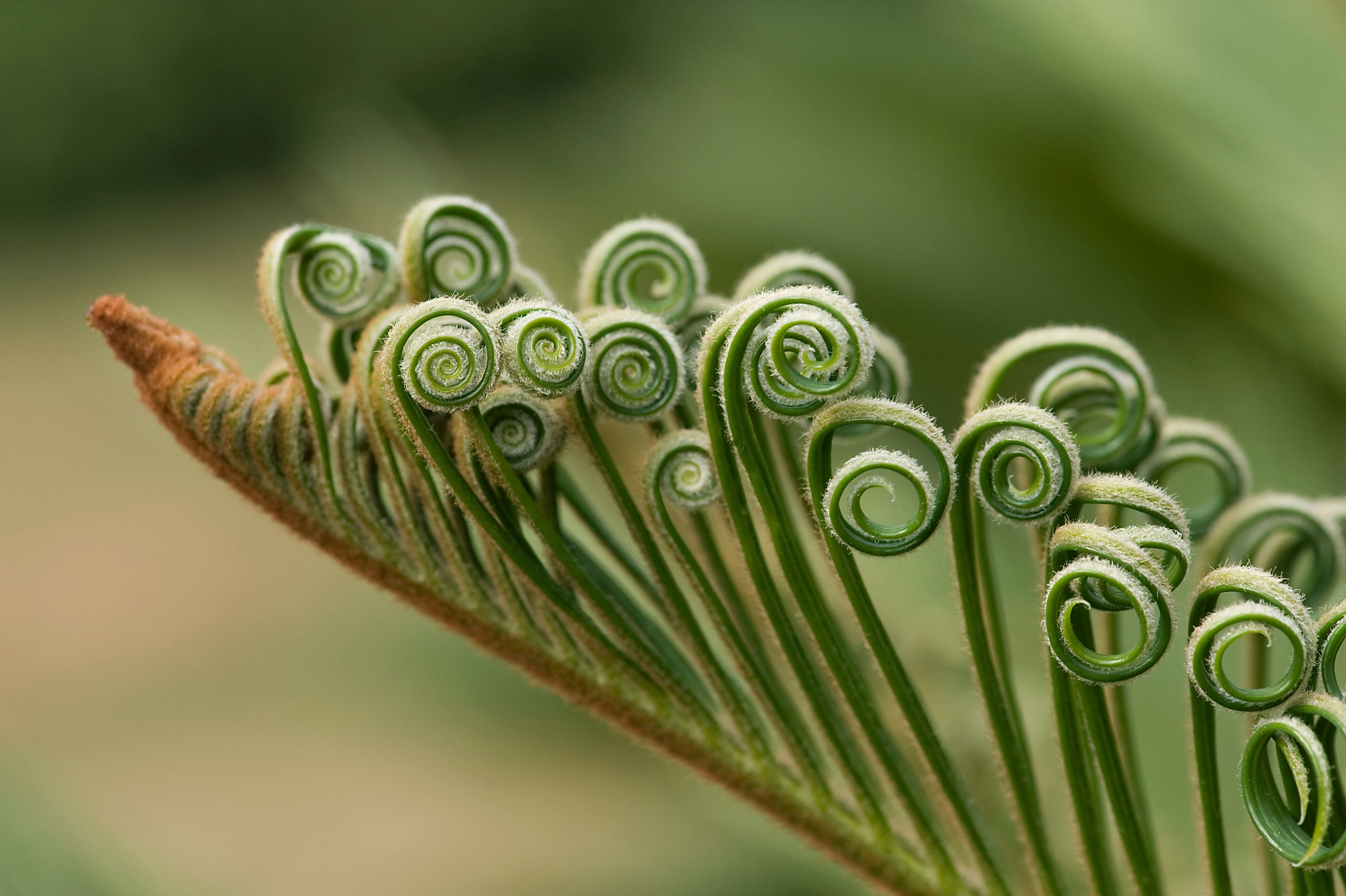
Mature Wollemi pines, 10ft tree ferns, aged olives and bravura niwaki are all what I call VIPs, very important and/or impressive plants — singular specimens of high value and cost that are show-stopping and show-garden ready. Some worthy gardeners scorn them for being un-English, egregious, extravagant and bought not only ready-made, but often from growers overseas. I am emphatically not of their mind. Garden plants have disorders enough without tall-poppy syndrome.
In any case, some VIPs can’t help their high status and price, being rare and extraordinary by nature. Such plants can be immensely rewarding if enjoyed as the treasures that they are, as the living equivalents of artworks and antiquities. Until yesterday, when I staggered indoors with it, one of them stood on a plinth as the focal point of the sunny terrace at the end of our garden: Cycas panzhihuaensis, a Chinese cycad that was unknown to science until 1981, when it was discovered near the city of Panzhihua, in the south of Sichuan. It is very impressive, grandeur and gracefulness mixed.
In form, its trunk resembles one of those massive finials, shaped like a pineapple or pinecone, that sit on stone gateposts and balustrades. But its flanks are scaly and the colour of weatherworn rosewood, and fox-red fleece, softer than cashmere, covers its summit.
From this woolly crown, a circle of feathery fronds erupts in late spring to stand, erect and overlapping, in a 3ft-tall shuttle-cock. Each is serried with scores of slender leaflets that are gleaming dark green, having unrolled like fiddleheads and progressed over the summer from olive through silvery aquamarine.
The northernmost of the world’s 117 extant Cycas species, C. panzhihuaensis is more or less hardy in well-drained, sunny and sheltered locations in London and the far south of England, especially if wrapped with fleece in hard winters. But ours is too precious to risk in Oxford. Instead, it goes out when the frosts finish, spends the summer on the terrace being serenaded by fellow Sichuan native Lilium regale and then, from October to May, moves indoors, becoming the most spectacular, but undemanding houseplant.
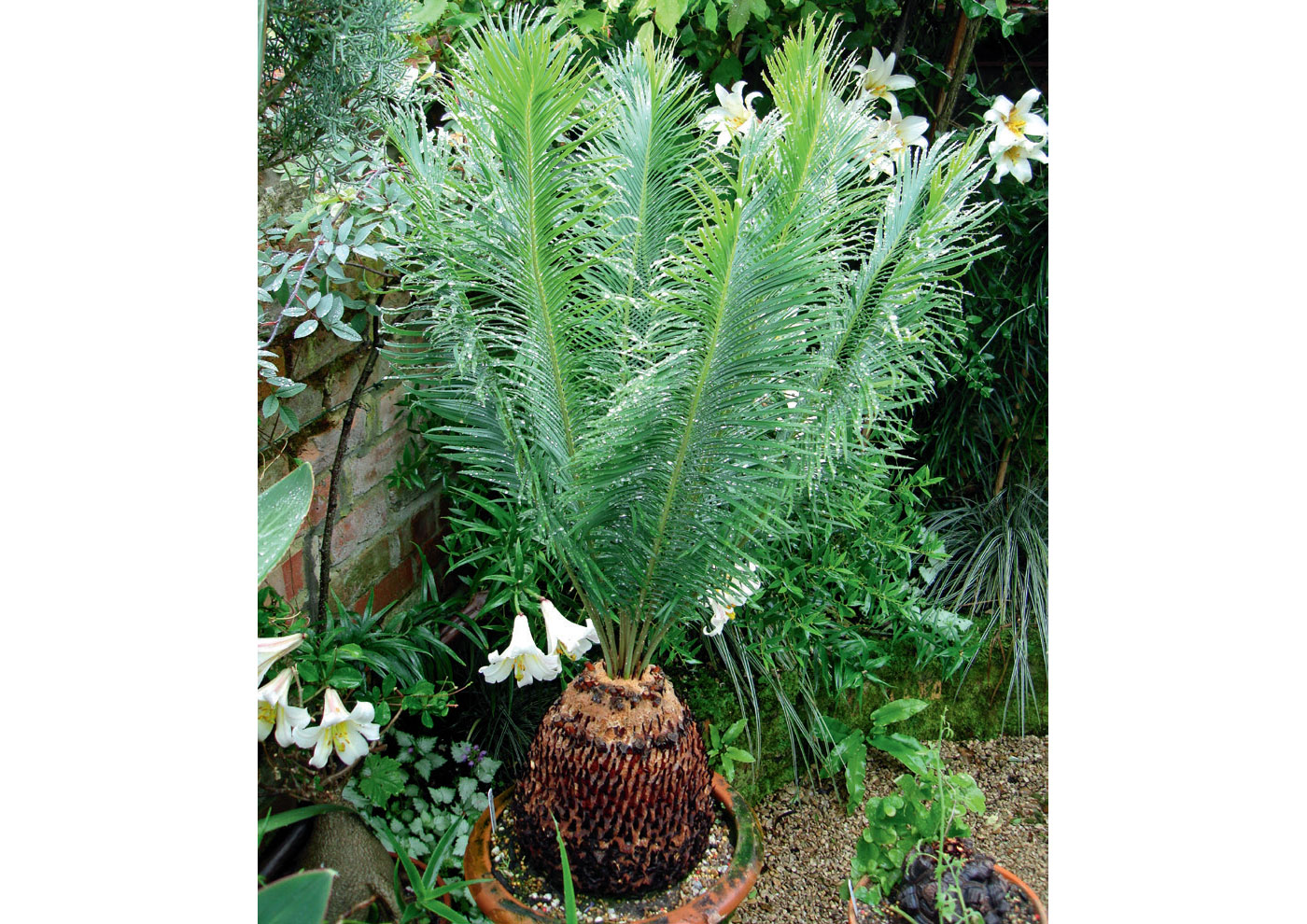
If you wish to try one, the brilliant, Montpellier-based cycad nursery Cycadales will still be doing mail order until December. Superb large plants are also available from The Palm Tree Company in Lancashire.
Cycas panzhihuaensis has only been found in a few locations in the wild. When they became aware that its habitats were about to be lost to open-cast mining and agricultural land-clearance, Chinese botanists moved threatened plants and began to collect seeds. Thus it was that this endangered cycad became legally available and those who grew it became conservationists. As with Ginkgo biloba, another Chinese living fossil, there are now many more plants of C. panzhihuaensis in world cultivation than have ever been counted in the wild.
Sign up for the Country Life Newsletter
Exquisite houses, the beauty of Nature, and how to get the most from your life, straight to your inbox.
Scattered across the world, there are three families and 10 genera of cycads, comprising 358 species in all. Despite superficial appearances, they bear no relation to palms or ferns. Rather, they are gymnosperms, primitive cone-bearers that belong to the same broad group as conifers and Ginkgo. They began to evolve about 290 million years ago, becoming a major proportion of Earth’s seed plants during the Paleozoic Era. By the Mesozoic Era (252 million–66 million years ago), only the three families that are extant today survived.
Even so, they were still major players, at times amounting to 20% of the world’s flora. This is why the Jurassic Period is sometimes called ‘the age of cycads’, as well as ‘the age of dinosaurs’. Palaeobotanical evidence shows that the living cycads hardly differ from their long-extinct ancestors, hence another phrase that has often been used for them, ‘living fossils’.
That status was challenged in 2011 when a computer-based study claimed that the extant cycads evolved within the past 12 million years — in other words, they were no age at all. The scientific press rushed to report this highly questionable hypothesis as sensational fact, and others — Wikipedia, for example — joined in the revisionism.
Subsequently, this study has been challenged on numerous grounds. One is a 47 million-year-old cycad leaf fossil from north-east China that is so well-preserved that microscopic studies have been possible. In 2014, it was shown to be identical, or very, very closely related, to Cycas panzhihuaensis, and that makes it a very important plant indeed.
Mark Griffiths is editor of The New Royal Horticultural Society Dictionary of Gardening.
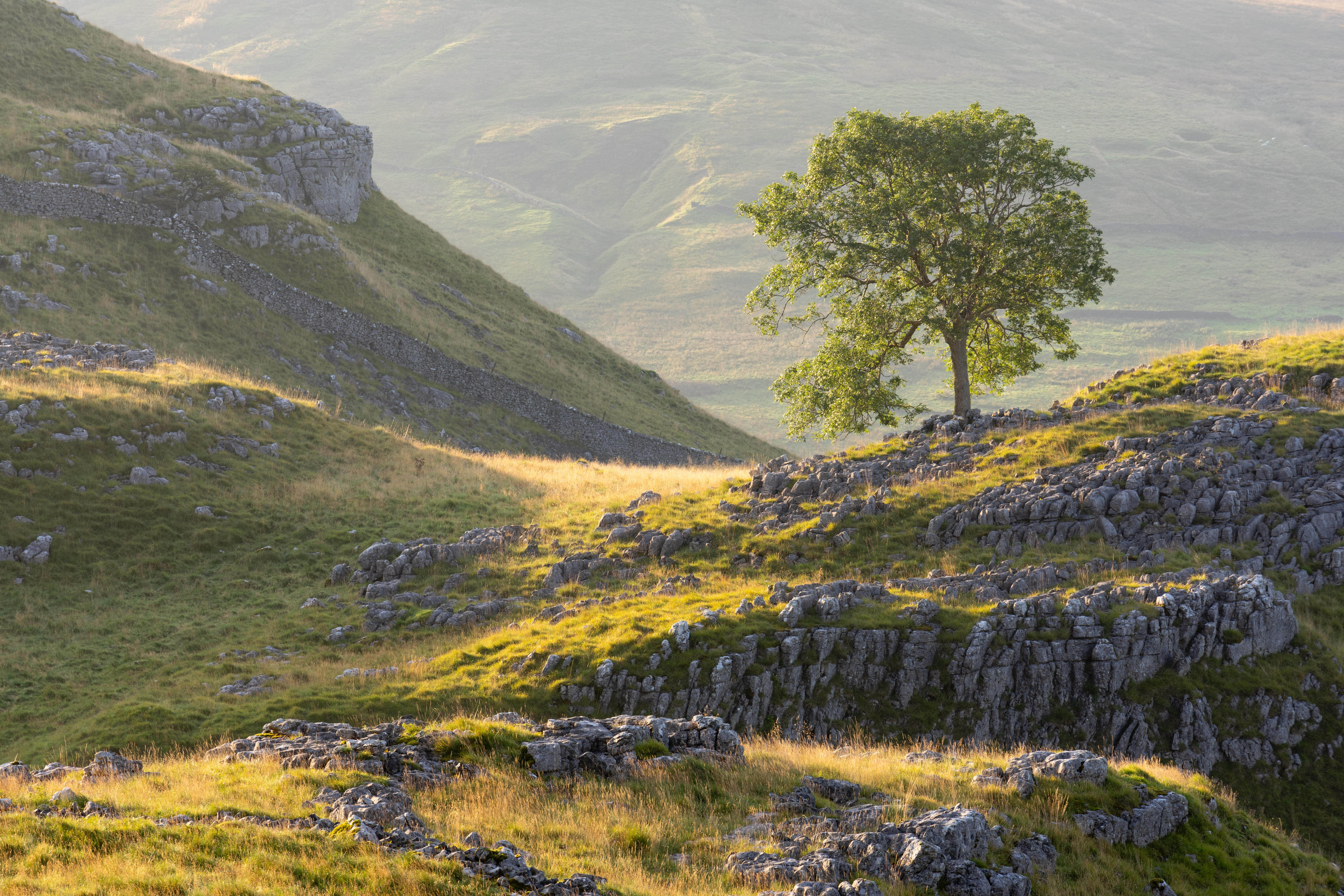
Credit: Alamy Stock Photo
The Ash: Is this the last stand for one of Britain's great native trees?
Mark Griffiths celebrates the historic, handsome and irrepressible native ash.
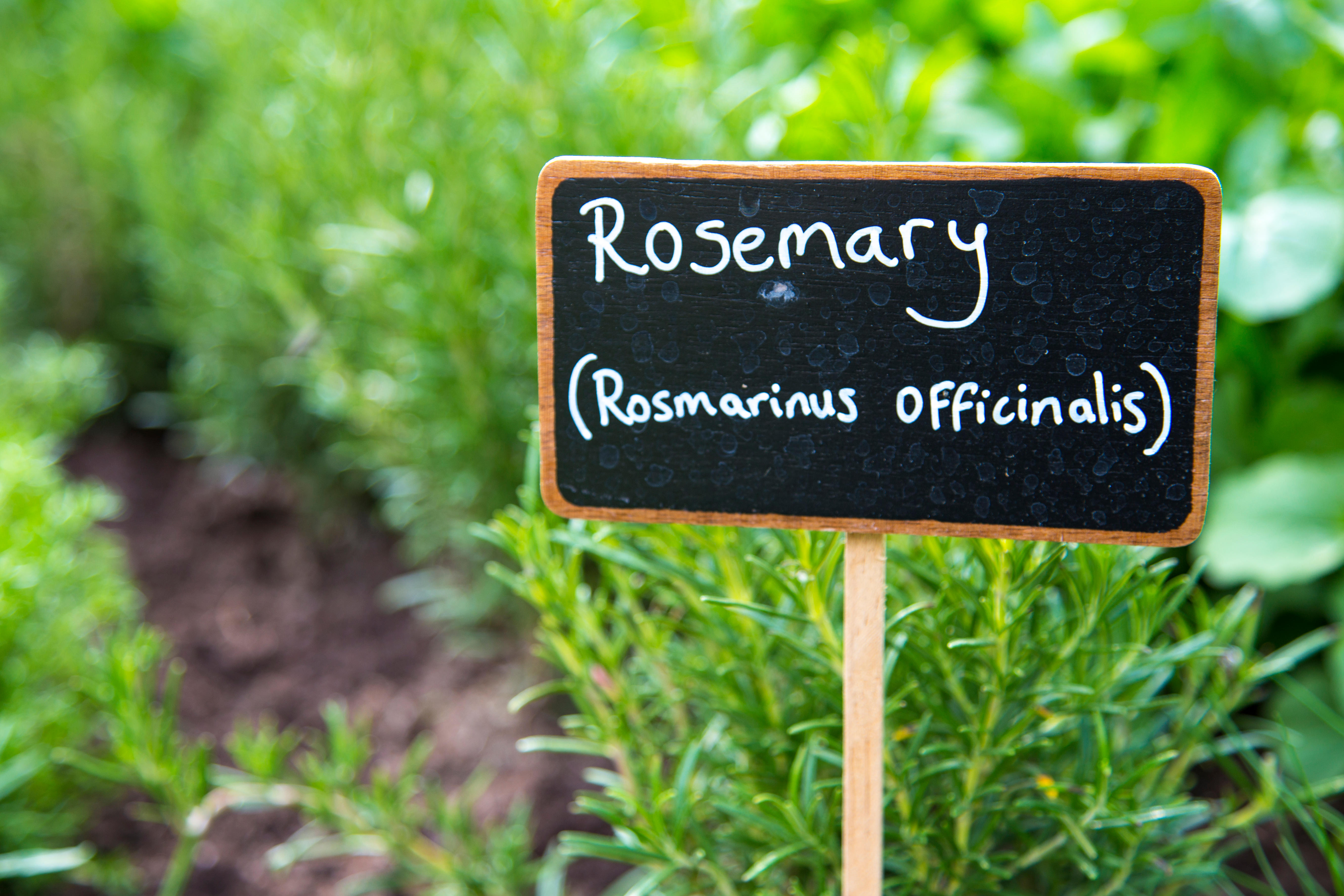
Gardening's oddest minefield: How naming and re-naming plants can send botanists, gardeners and writers into a spin
Mark Griffiths delves in to the world of plant names, unearthing quirky stories, scientific discovery — and an unfortunate case

Why Britain's incomparable sand dunes are 'simultaneously the sands of time past, present and future'
Mark Griffiths takes a look at Britain's sand dunes, our most dynamic landscape, and one to be treasured and protected.
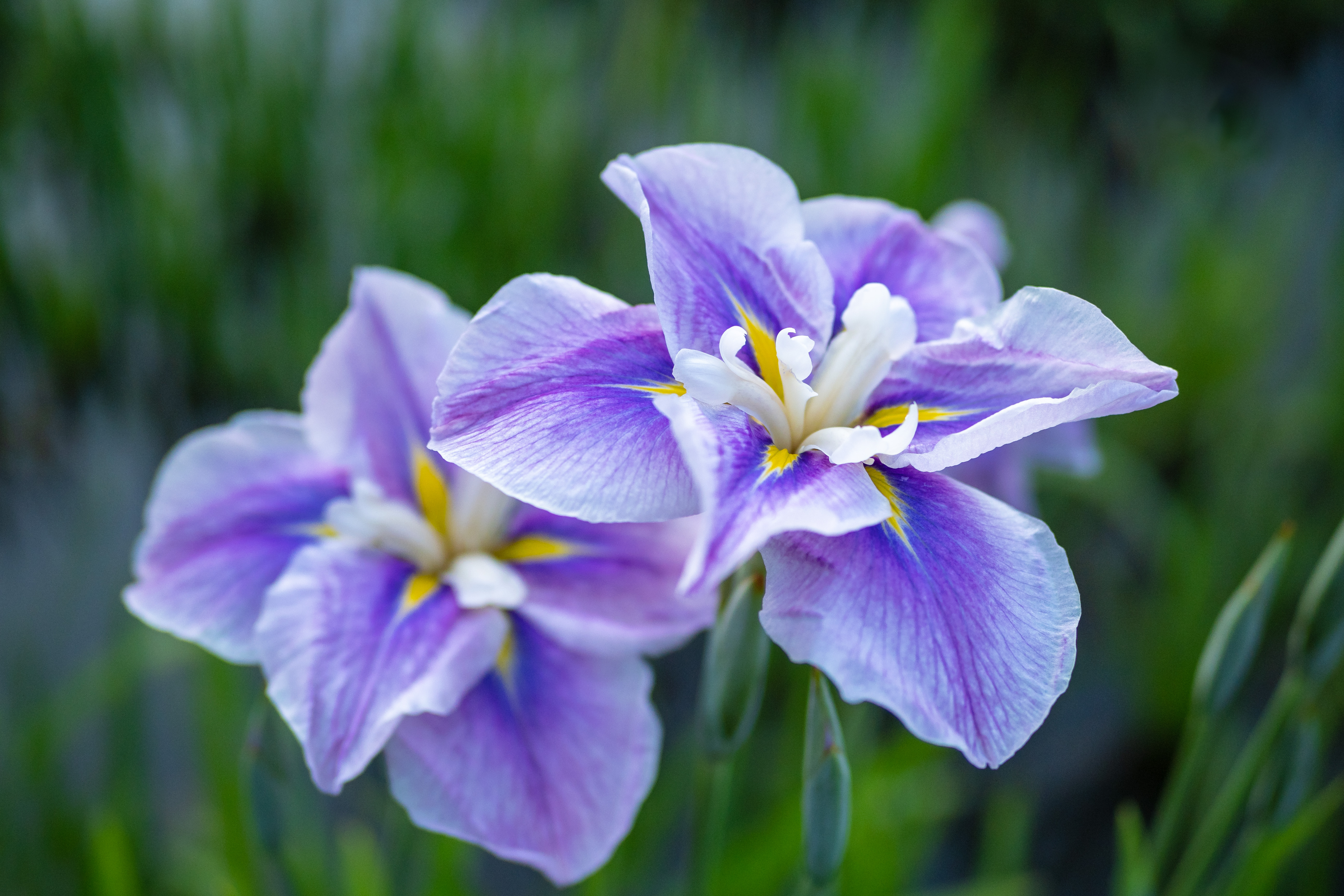
Mark Griffiths: The irises that are fit to be the apple of any gardener's eye
Mark Griffiths takes a look at the famed irises of Japan, and how their influence has been felt to Britain
-
 Why British designers dream up the most desirable hotels
Why British designers dream up the most desirable hotelsWhen it comes to hotel design, the Brits do it best, says Giles Kime.
By Giles Kime Published
-
 The five minute guide to 'The Great Gatsby', a century on from its publication
The five minute guide to 'The Great Gatsby', a century on from its publication'The Great Gatsby' sold poorly the year it was published, but, in the following century, it went on to become a cornerstone of world literature.
By Carla Passino Published